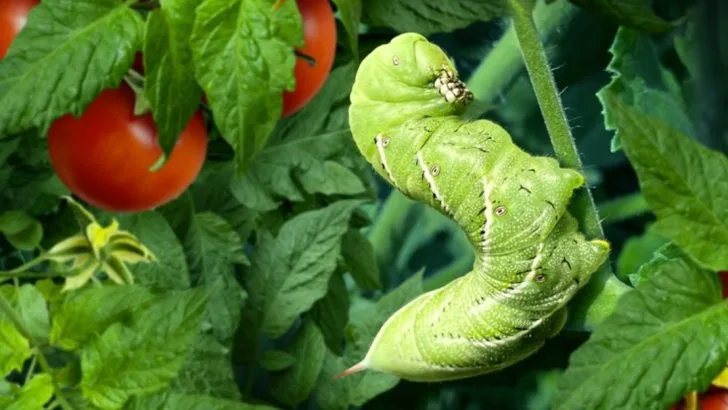Your veggie patch is warzone—and some crops are waving red flags! Plant a row of zucchini and watch slugs throw a party. Squash beckons squash vine borers like it’s an all-you-can-eat buffet. Tomatoes? Aphids swarm tighter than tourists at a theme park. But wait—other plants sneak through the chaos untouched. Pick beans, carrots, or chard, and pests shrug and move on. They’re the undercover agents of your garden, blending in when trouble flares. In this guide, we’ll expose the 7 superstar attractors that draw every hungry bug in town. Then we’ll reveal the 7 stealthy survivors that let you nibble in peace. No more frantic spraying or endless patrols with tweezers. You’ll know who to plant—and who to skip—so your harvest thrives while the pests stay hungry. Get ready to reclaim your rows and grow with confidence!
Tomatoes
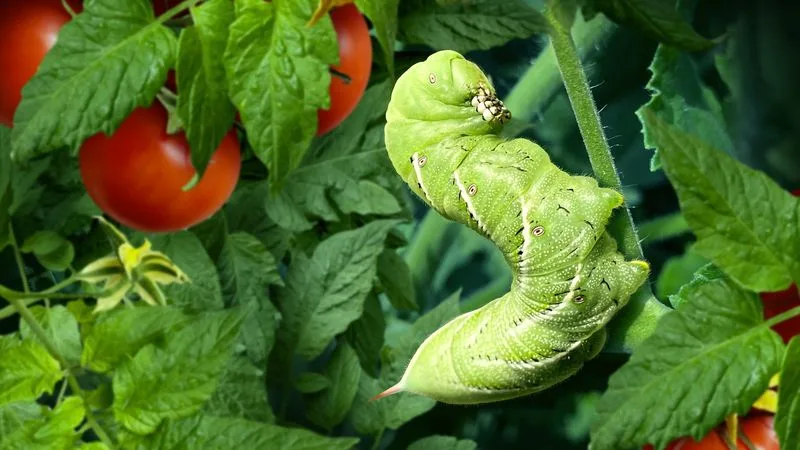
Tomatoes are the quintessential garden magnet for pests. Their bright, juicy fruits and lush foliage attract everything from aphids to hornworms. These pests feast on the plant’s leaves, often leaving behind a trail of destruction. As a gardener, you may find yourself constantly battling these intruders. However, the satisfaction of biting into a home-grown tomato makes the struggle worthwhile. Did you know? The tomato hornworm can grow up to four inches long! Its appetite is voracious, and it can strip a plant overnight. Planting marigolds nearby can help deter some of these pests.
Cucumbers
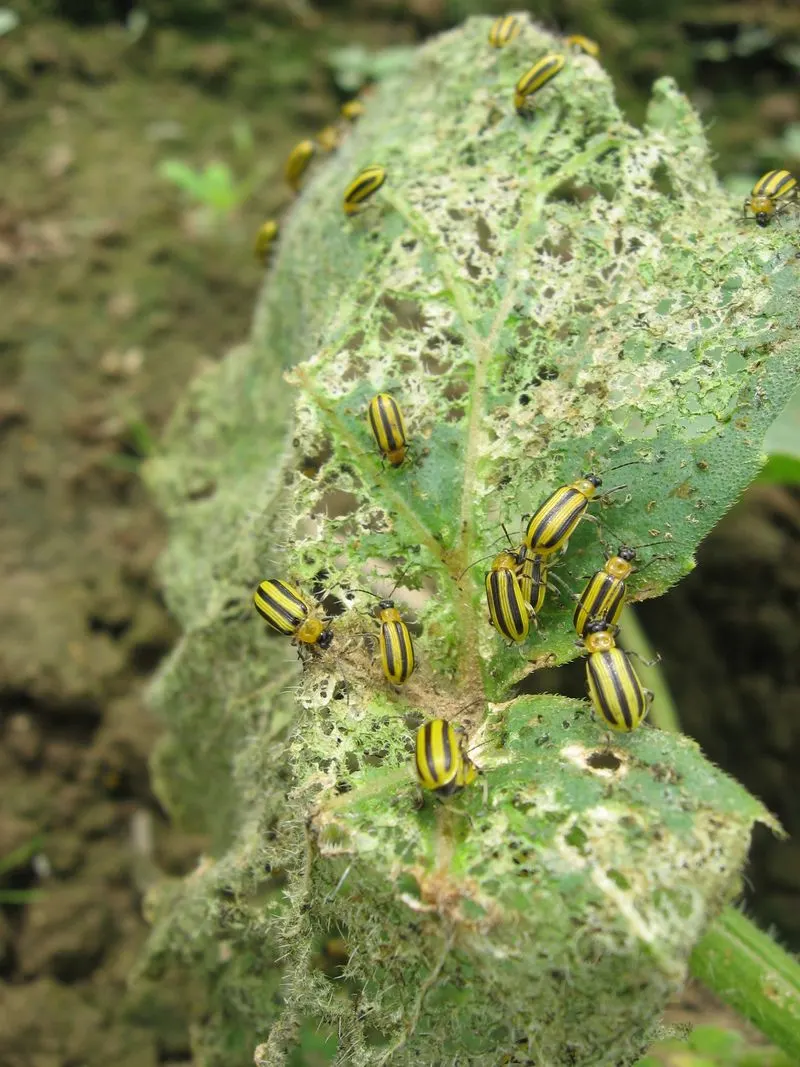
Cucumbers are not just a refreshing snack for humans; pests adore them too. The striped cucumber beetle is a notorious visitor, munching on leaves and spreading diseases. Powdery mildew frequently coats the leaves, adding to the plant’s woes. Despite these challenges, cucumbers remain a favorite for home gardens. Their crisp texture and cooling taste make them worth the effort. One interesting point: cucumbers have been cultivated for over 3,000 years, originating in the foothills of the Himalayas. Companion planting with radishes can help reduce beetle attacks.
Zucchini
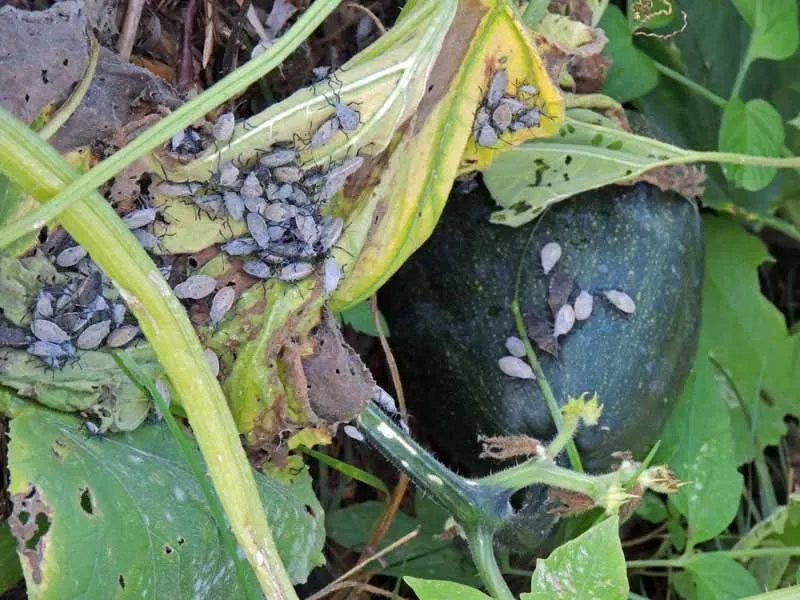
Zucchini, with its rapid growth and prolific yield, is a delight to grow. Yet, it attracts an array of pests, particularly squash bugs and vine borers. These insects can quickly weaken the plant, causing wilting and even plant death. Gardeners often find themselves handpicking bugs or using barriers to protect their crops. Despite the hassle, the joy of harvesting plentiful zucchini makes the battle worthwhile. Did you know? In Italy, zucchini flowers are a delicacy, often stuffed or fried. Planting nasturtiums can provide some pest relief.
Cabbage
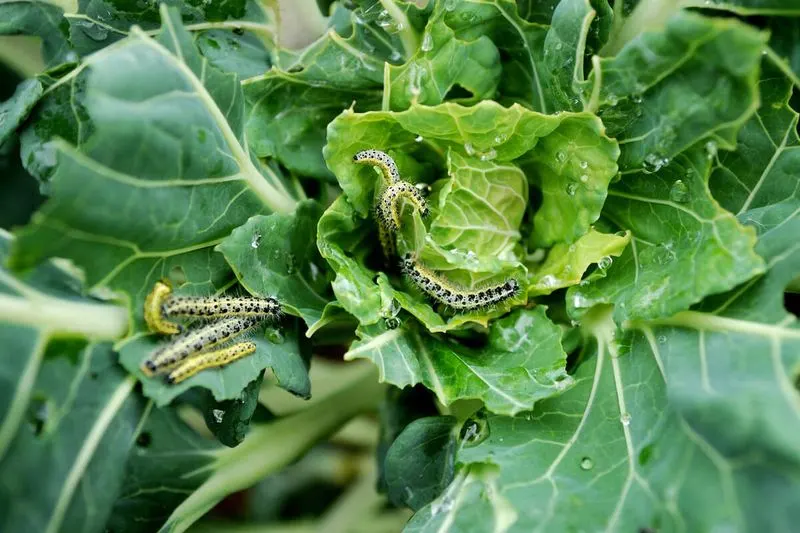
Cabbage is a staple in many gardens, but it’s also a favorite feast for pests. Caterpillars, especially cabbage loopers, relish its leaves, leaving unsightly holes. The challenge of nurturing a healthy cabbage head lies in vigilance and timely intervention. Using nets can help in preventing pest attacks. Interestingly, cabbage has been cultivated since the Roman times and was believed to possess medicinal properties. Introducing dill or peppermint can act as a natural deterrent for some pests.
Carrots
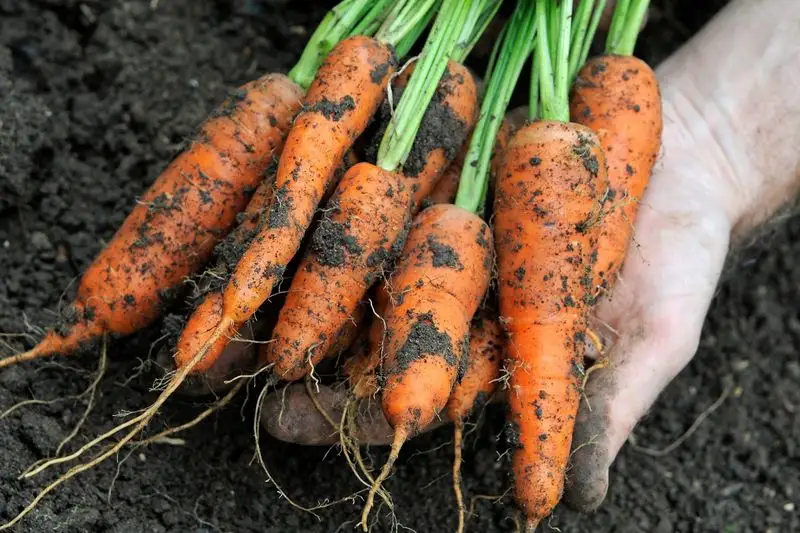
Carrots may grow underground, but they are not immune to pests. Carrot rust flies lay eggs near the plant, and their larvae can wreak havoc on the roots. Nematodes also pose a threat, causing forked or distorted growth. Despite these challenges, the sweet, crunchy yields make carrots a garden favorite. An intriguing fact: carrots were originally purple, with orange varieties emerging in the 17th century. Planting onions nearby can help deter rust flies.
Peppers
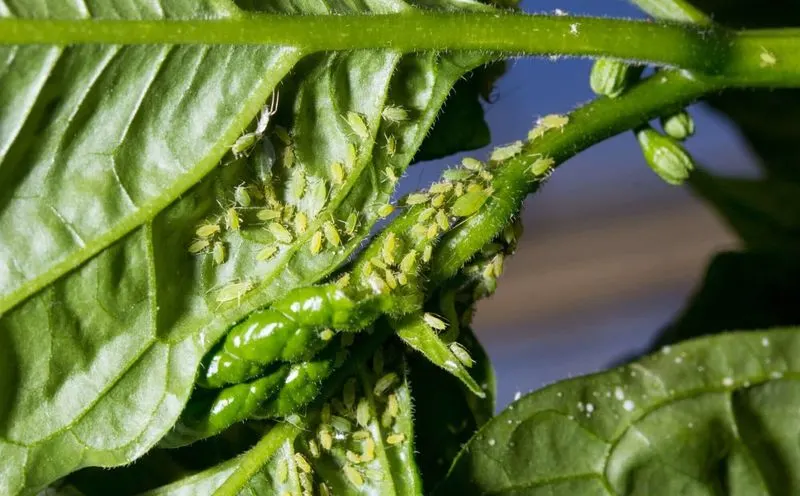
Peppers, whether sweet or spicy, appeal to a variety of pests. Aphids and spider mites are frequent visitors, feeding on the leaves and reducing plant vigor. However, the vivid fruits add a splash of color to any garden. Fun fact: Peppers are part of the nightshade family, sharing ancestry with potatoes and tomatoes. To combat pests, consider introducing ladybugs which are natural predators of aphids.
Lettuce

Lettuce, with its tender leaves, is irresistible to slugs and snails. These slimy invaders can ravage a crop overnight, leaving gardeners frustrated. Despite this, lettuce remains a popular choice due to its versatility and quick growth. Here’s a quirky tidbit: lettuce was first cultivated by the ancient Egyptians, primarily for its seeds which were used to produce oil. To protect your lettuce, consider using copper tape around your garden bed.
Onions
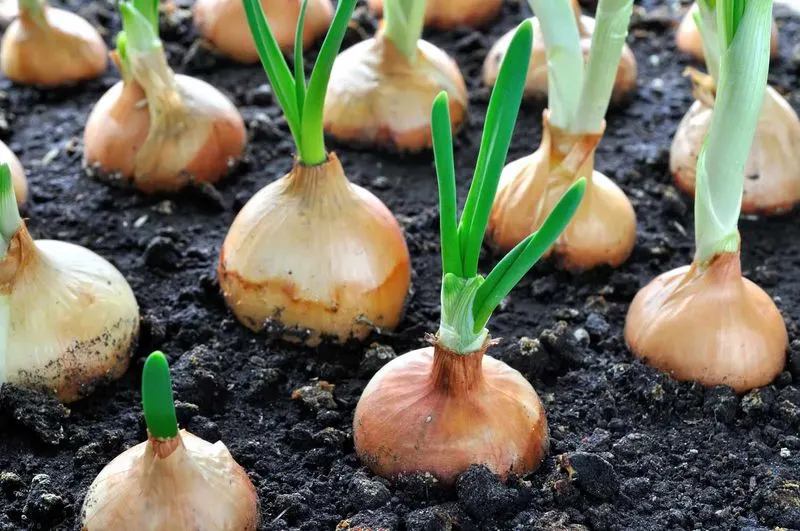
Onions are celebrated not just for their culinary versatility, but also for their ability to deter pests. Their strong scent wards off many insects, making them a reliable choice for less troubled gardening. Interestingly, onions have been grown for over 7,000 years, with ancient civilizations recognizing their health benefits. They are excellent companions, often planted alongside pest-prone vegetables to provide natural protection. The humble onion stands as a testament to nature’s own pest control.
Garlic
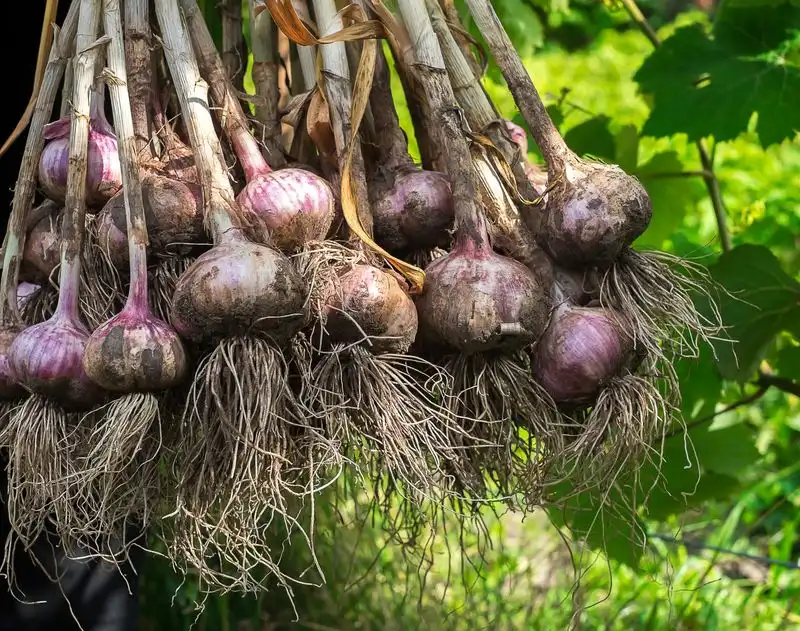
Garlic, with its potent aroma, is a natural pest repellent. Few insects dare to cross its path, making it a gardener’s ally in pest control. Its presence in the garden can help protect neighboring plants from unwanted attention. Beyond its culinary uses, garlic has historical significance: it was used by ancient cultures for both food and medicine. As a companion plant, garlic is unmatched in its ability to shield more vulnerable crops.
Marigolds
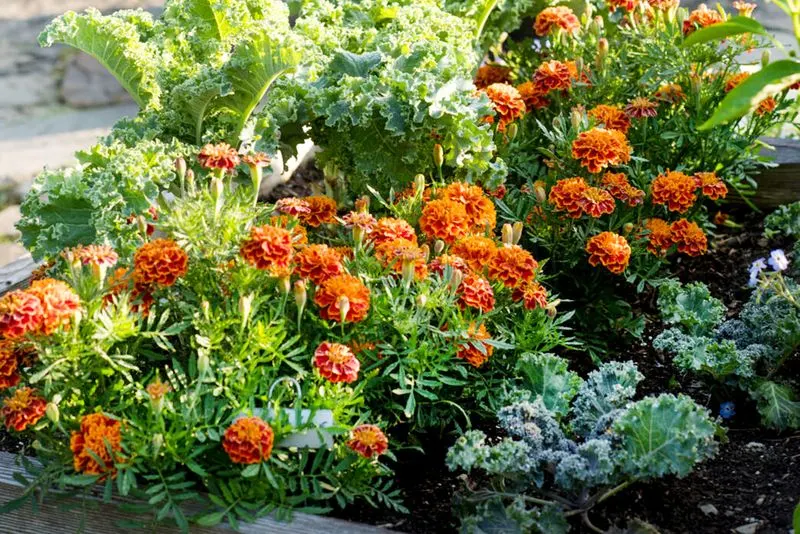
While not a vegetable, marigolds earn their place in the garden for pest control. Their bright flowers and scent repel many insects, providing a barrier to more susceptible vegetables. Interestingly, marigolds have been used for centuries in companion planting, believed to deter nematodes and other pests. They add a splash of color and serve a practical purpose, making them a favorite among garden keepers. Their role in maintaining a balanced garden ecosystem is invaluable.
Basil
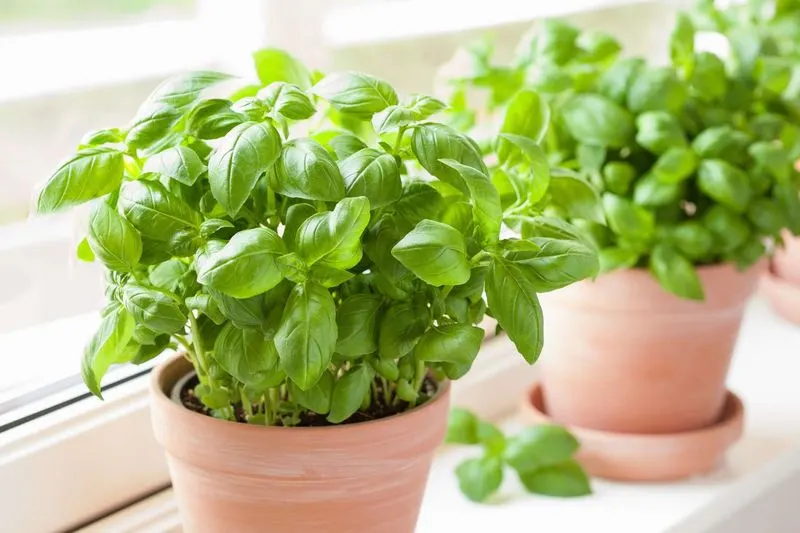
Basil, with its aromatic leaves, is both a culinary delight and a pest deterrent. Its scent confuses and repels insects, safeguarding nearby plants. Besides its savory uses, basil has intriguing origins: it was once considered a symbol of mourning in ancient Greece. As a companion plant, basil is ideal for tomatoes and peppers, enhancing their growth while providing protection. Its role in the garden extends beyond flavor to natural pest defense, embodying a gardener’s best friend.
Mint
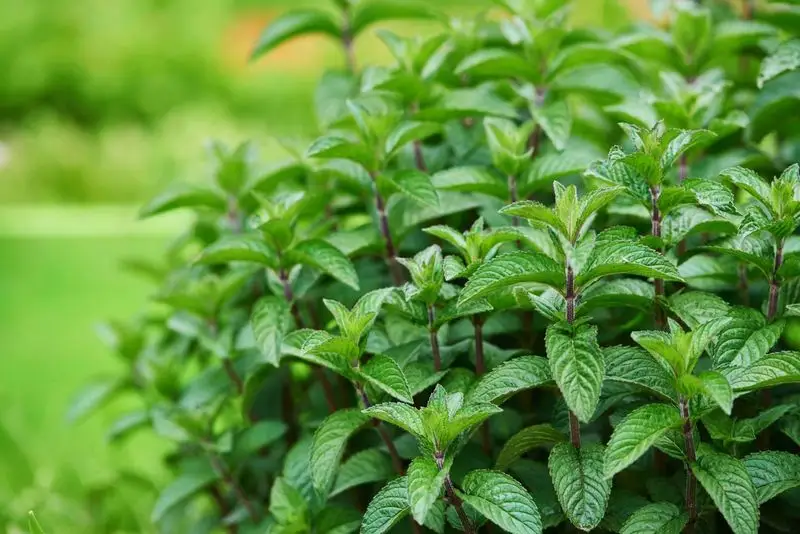
Mint’s strong aroma acts as a natural barrier against many common garden pests. Its vigorous growth makes it an excellent companion plant, offering protection to more vulnerable vegetables. Historically, mint has been cherished for its medicinal properties, adding value beyond the culinary. Planting mint can help create a more harmonious garden environment, free from unwanted insect attention. However, gardeners should monitor its spread, as it can quickly dominate a garden space.
Rosemary
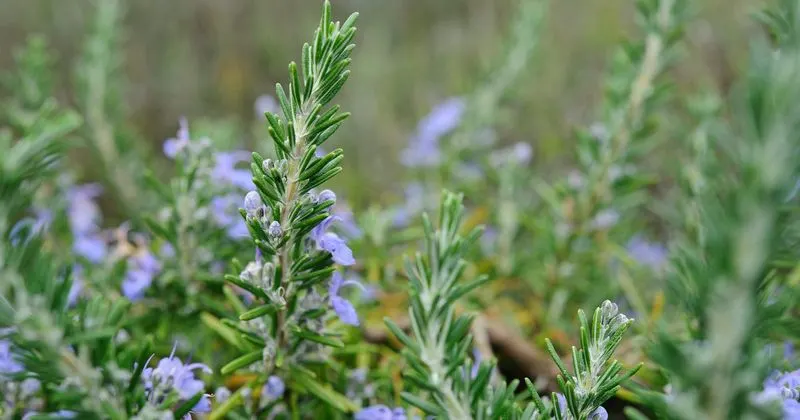
Rosemary, with its pungent aroma and hardy nature, is a stalwart against pests. Its needle-like leaves are unappealing to most insects, making it a protective neighbor for other plants. Fun fact: rosemary has been associated with memory enhancement since ancient times. As a companion plant, it offers both culinary and defensive benefits, enhancing the resilience of your garden. Its role in deterring pests while adding flavor to dishes exemplifies its versatility and value.
Lavender

Lavender’s enchanting fragrance is more than just pleasing to humans; it deters a variety of garden pests. Few insects venture near its aromatic blooms, allowing neighboring plants to flourish in peace. Beyond its pest-repelling qualities, lavender has been used historically for its calming properties and as a natural remedy. Its presence in the garden adds beauty and functionality, exemplifying nature’s own pest deterrent. Lavender’s dual role as a protector and beautifier makes it a treasured garden plant.

